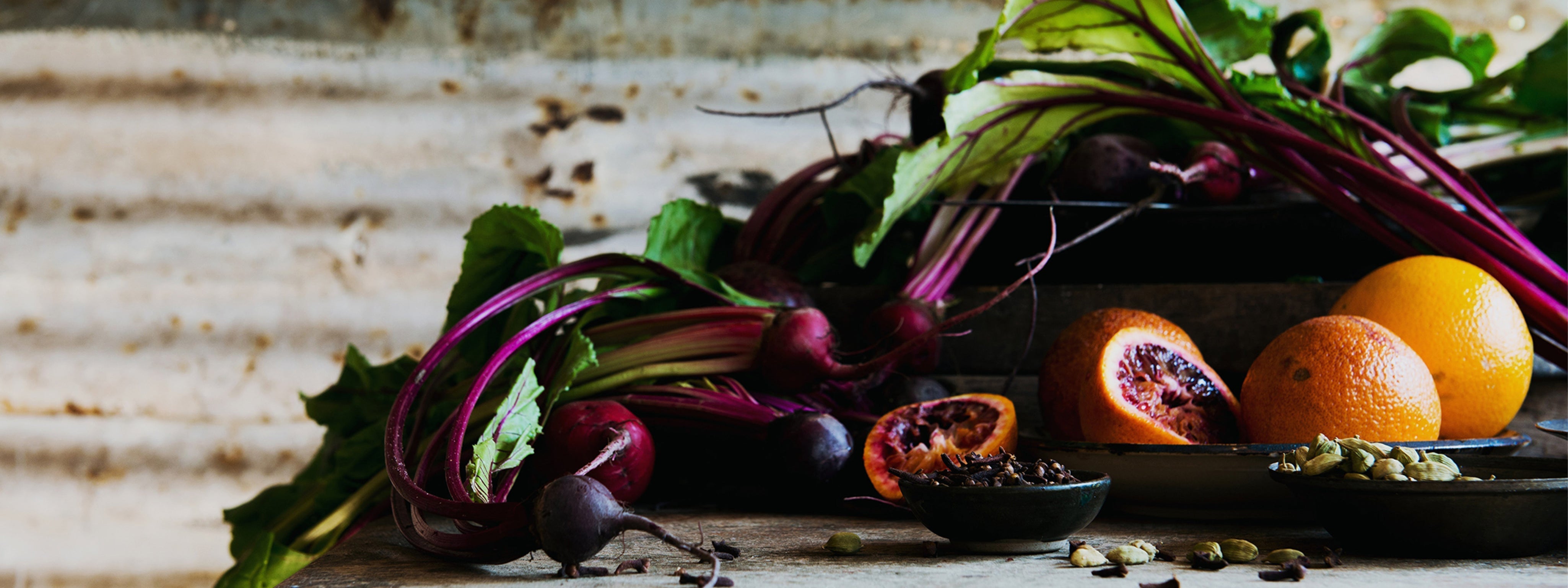Quandongs

The quandong fruit, native to Australia, is a remarkable gem of the country's flora. Its vibrant hue, ranging from deep crimson to scarlet, encases succulent flesh that offers a unique blend of tartness and sweetness. Revered for its rich flavour and high vitamin C content, the quandong finds its way into an array of culinary creations, from jams and desserts to sauces and beverages.
The quandong tree, with its gnarled branches and dense foliage, is a study in resilience. Despite the harsh conditions of its natural habitat, it stands tall, reaching heights of up to 4 meters. Its leaves, small and elliptical, form a lush canopy that provides shade and shelter to the delicate fruits below. During the flowering season, delicate white blossoms adorn the branches, signalling the promise of a bountiful harvest to come.
The tree also plays a vital ecological role in its native habitat. Its deep root system helps stabilize the soil and prevent erosion, making it an invaluable ally in the fight against desertification. And the fruits of the quandong tree provide sustenance to a variety of native wildlife, including birds, mammals, and insects, ensuring the survival of countless species in Australia's fragile ecosystems.
Common Name: Quandong
Scientific/Latin Name: Santalum acuminatum
Seasonality: Quandongs typically ripen from late spring to early summer, making them a seasonal delight.
Types: While the most common type is the desert quandong (Santalum acuminatum), there are also other varieties like the blue quandong (Elaeocarpus grandis) and the bitter quandong (Santalum murrayanum), each with its own unique characteristics.
Growing Region: Indigenous to arid and semi-arid regions of Australia, including parts of South Australia, New South Wales, Victoria, and Queensland.
Flavour
A blend of tartness and sweetness, with a hint of bitterness, like a mix of rhubarb, cranberries, and sour cherries. The taste is complex, with a burst of tanginess followed by a subtle earthiness, making it a versatile ingredient in both sweet and savoury dishes.
Usage
Quandong fruit is surprisingly versatile, adding depth and character to dishes. Here are some common foods where you might encounter it:
Jams and Preserves: Quandong's natural tartness makes it perfect for jams, preserves, and chutneys. Spread it on toast or pair it with cheese for a delectable treat.
Desserts: From pies and tarts to ice creams and sorbets, quandong adds a zesty twist to desserts. Its vibrant colour and tangy flavour elevate classic recipes to new heights.
Sauces and Relishes: Quandong sauce or relish can be a delightful accompaniment to meats like chicken, pork, or kangaroo, adding a delightful contrast to savoury dishes. <product placement>
Beverages: Quandong is also used in beverages like cocktails, cordials, and teas, where its tartness can be balanced with sweeteners for a refreshing drink.






